
Start up
Passion. Potential. Pitches. Don't miss any of the 2025 New Venture Challenge excitement.
Tune in Friday, April 11 at 1 p.m. for great ideas and fierce competition. Then, join the judges, mentors, spectators and teams as they see who is going home with thousands of dollars in venture financing. The awards broadcast begins at 6:30 p.m. and one team will walk away as the overall best venture.
Central Michigan University’s College of Business Administration is the home of the Isabella Bank Institute for Entrepreneurship and the first Department of Entrepreneurship in the state of Michigan. We are a student-centric hub where experiential, curricular, and external entrepreneurial opportunities intersect.
Our mission is to maximize student success by fostering a campus-wide entrepreneurial mindset that promotes inter-disciplinary collaboration and the creation of new ventures.
We aim to create innovative programming, boost cross-campus and ecosystem collaboration and provide a comprehensive mentoring program.
Our institute provides extracurricular opportunities and is open to all undergraduate and graduate CMU students.
Are you interested in becoming an entrepreneur?
Every journey is unique. Explore the opportunities that interest you.
Alongside undergrad and graduate students, Central Michigan University faculty in chemistry, biology, psychology and neuroscience spearhead medical research with broad implications.
Gretchen Holtgrefe is one of those students, researching cancer with biochemistry faculty member Ajit Sharma. The research looks to find which antioxidants may be more effective in preventing cancer.

For inquisitive student scientists such as Holtgrefe, nothing is more thrilling than working to solve medicine’s big puzzles. The past year has seen many examples at CMU. Here are a few:

Opioid abuse is a rising issue in the medical field, with more than 115 people in the United States dying from an opioid overdose every day.
Juliette Perzhinsky, associate professor of medicine, is training students to fight this rise in opioid addiction by using effective treatment of pain for prevention of addiction. The training involves a collaboration among the College of Medicine, The Herbert H. & Grace A. Dow College of Health Professions, and the American Society of Addiction Medicine.
This partnership will give students exposure to the issue before they get into the field, with hopes that they will be more mindful and be able to work proactively with that patient.

A team of neuroscientists and chemists found that a virus can lead to healing rather than hospitalization for patients with stroke damage.
When strokes kill neurons in the brain, glial cells come to the area to ensure the damage doesn’t expand, but they also can prevent healing in that area.
Research led by Sarah Peruzzaro, who recently received her doctorate in neuroscience at CMU, found that a virus that carries a gene called Sox2, could reprogram glial cells into neurons. By increasing the total number of neurons in the damaged area, the team hopes brain function will improve.
“The expected outcomes are super exciting,” said College of Medicine faculty member Julien Rossignol.

As a sophomore, Alexandria Couch joined biology faculty member Jennifer Schisa in her research on how women’s unfertilized eggs are maintained under stress.
“One of the best decisions I’ve made was to be in this lab, hands down,” she said.
The work they’re doing could help find answers for women’s fertilization issues and neurodegenerative diseases such as ALS, dementia and Alzheimer's disease.

An international team of students from India, Ghana and Michigan worked with chemistry and biochemistry faculty member Ben Swarts researching TB, a bacterium that infects about 2 billion people worldwide.
"It's great to be on a team that is working on such a large goal, knowing that everything you are doing makes a difference," said biochemistry major Dan Gepford.
The research focuses on designing chemical compounds that will shut down the cell envelope and stop the bacterium from spreading. Swarts expects to continue this research next semester when they open a biosafety level-three facility.

Psychology faculty member Kevin Park received a grant to research a breed of mice he engineered to reflect the gene mutations and pathologies in humans who have Alzheimer’s disease.
The project involves breeding and testing the mice to find the right combination of genes, then generating the pathologies that mimic those of humans with Alzheimer’s disease. Once this is complete, they will look for ways to address the disease.
Receiving funding for the project validated the team and added excitement.
“To know that people who are supposed to be skeptics have backed the research, it’s exciting and it keeps you going,” Tomas Barrett, doctoral student on the project, said.

Faculty member Linlin Zhao and student lab workers are targeting disease at the power source: the mitochondria of the cell.
The research looks at how damaged mitochondrial DNA breaks down and seeks ways to attack the mitochondria of the diseased cells to cut off the energy source.
This research will give the team a better understanding of the effects the “power house of the cell” has on diseases such as Parkinson’s and cancer
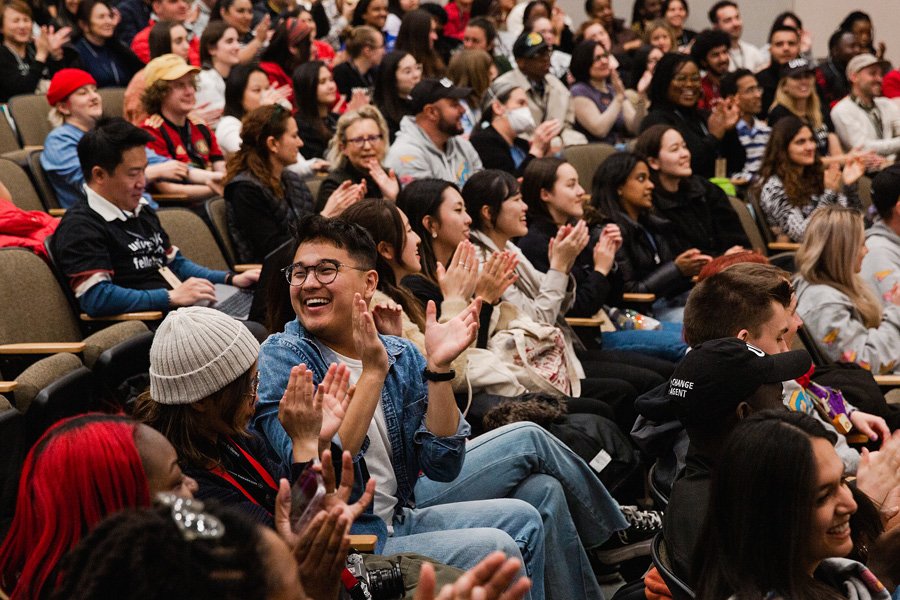
Explore special opportunities to learn new skills and travel the world.
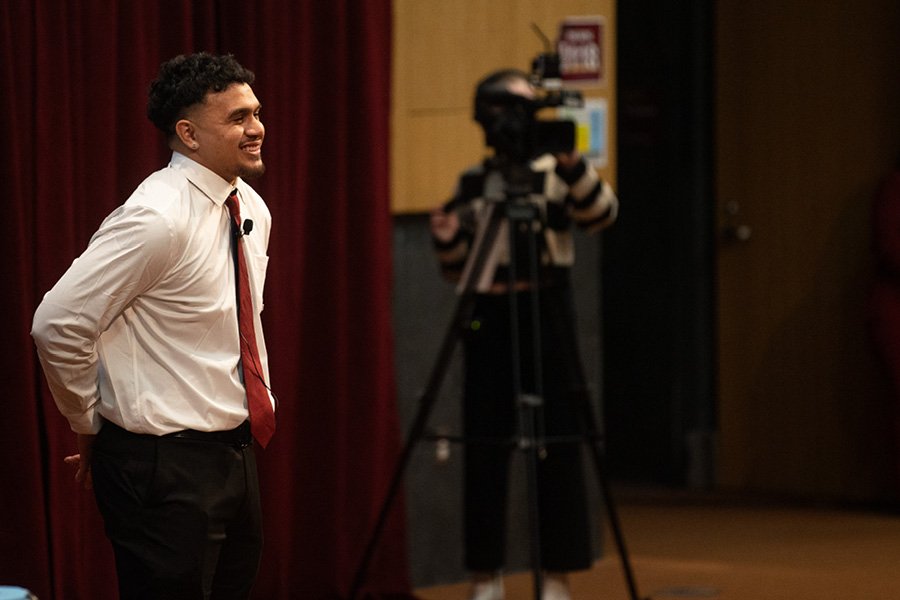
Present your venture and win BIG at the New Venture Challenge.
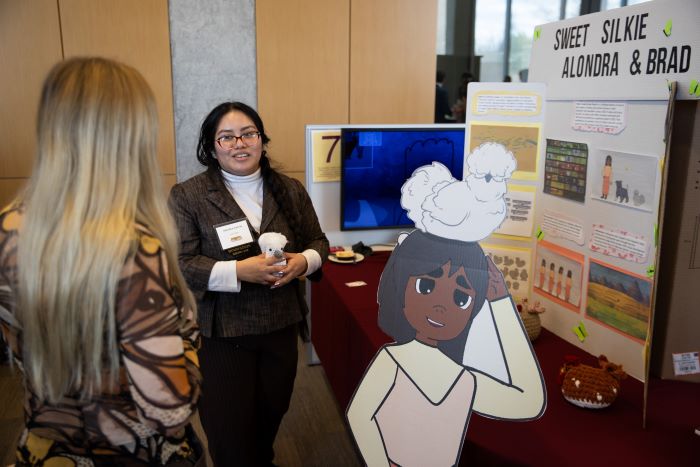
Boost your entrepreneurial skills through our workshops, mentor meetups and pitch competitions.

Learn about the entrepreneurship makerspace on campus in Grawn Hall.

Present a 2-minute pitch at the Make-A-Pitch Competition and you could win prizes and bragging rights!
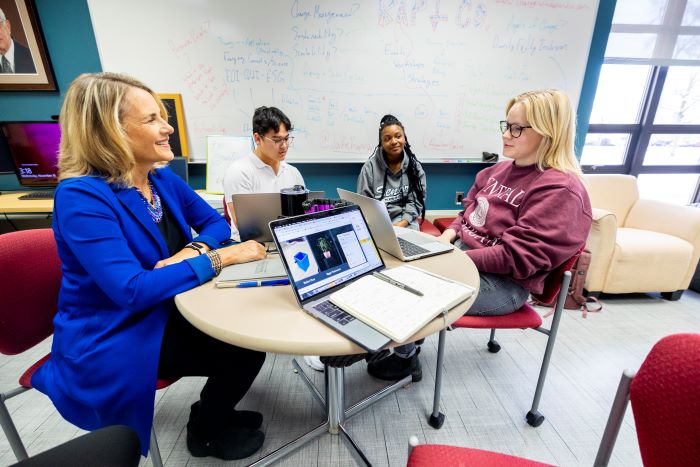
Connect with mentors and faculty who are here to support the next generation of CMU entrepreneurs.
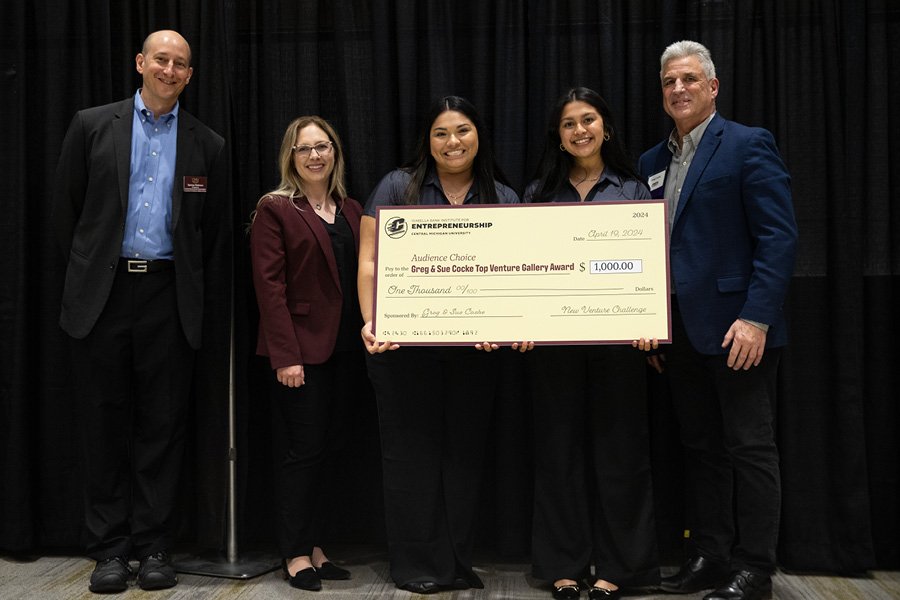
Are you a CMU alum looking to support CMU student entrepreneurs? Learn how you can support or donate to the Entrepreneurship Institute.